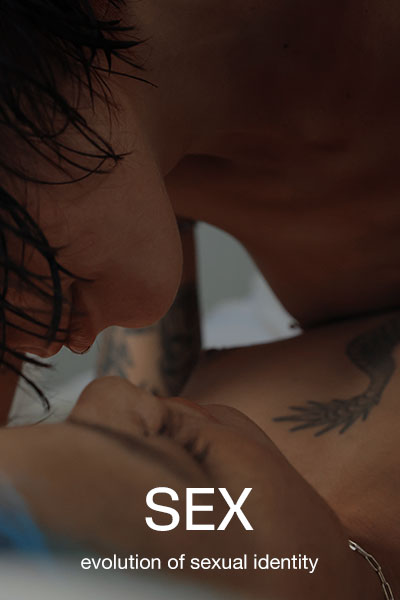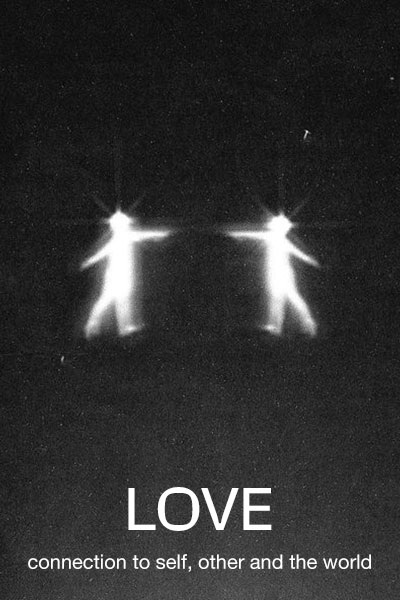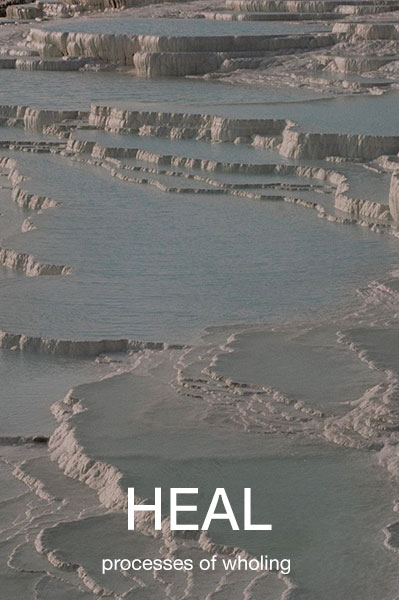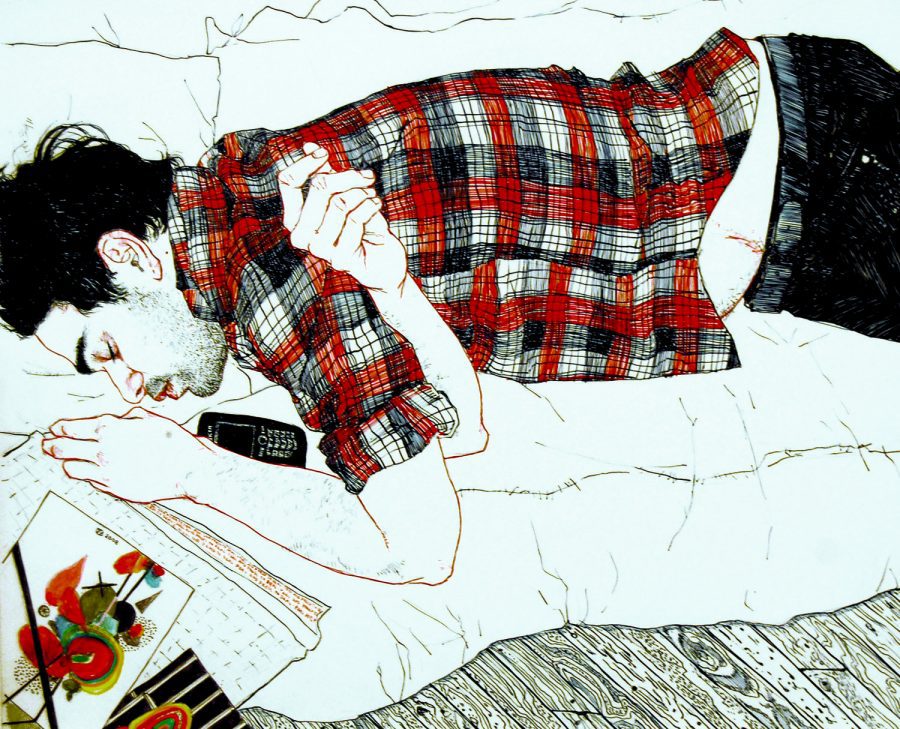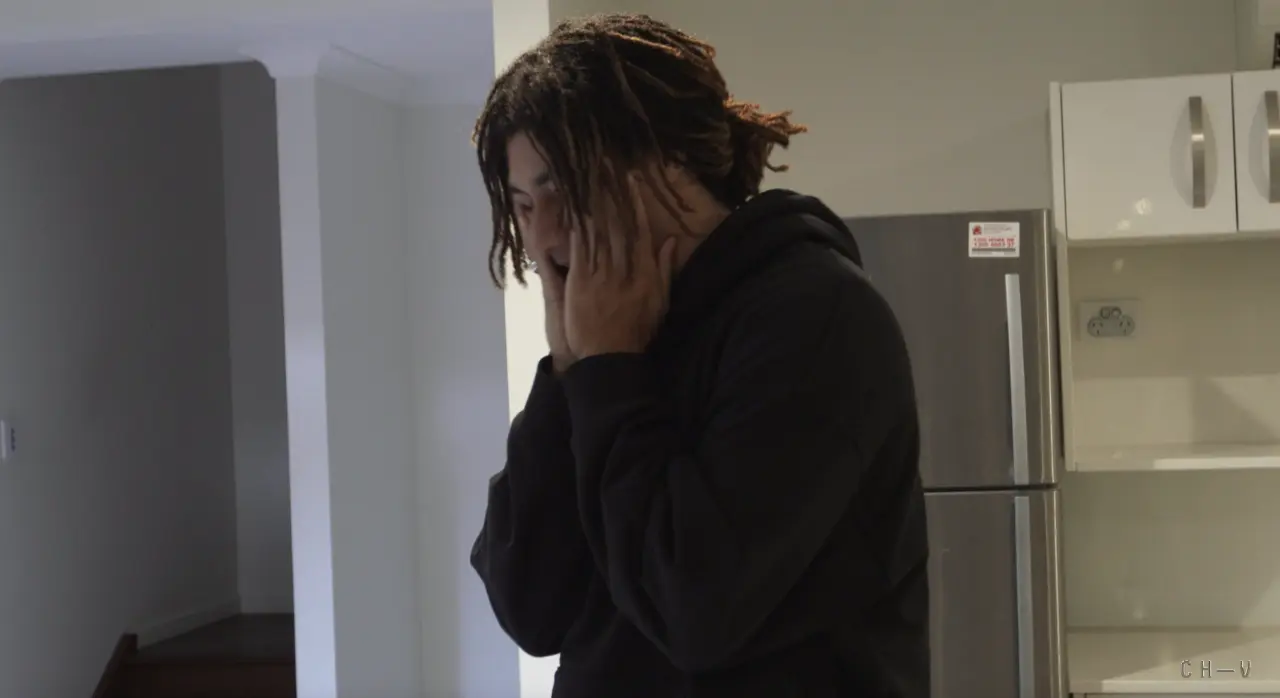White-washed pride
White people did not invent sexual or gender diversity.
The emergence of LGBTQIA+ and sexually fluid frameworks are what 2021 should be about – I love to see it. It represents at least some momentum and modern change within Western cosmopolitanism (within political theory, the belief that all people are entitled to equal respect and consideration). However, this framework is white-washed.
To quote Picq and Tikuna (2019):
Sexual diversity has historically been the norm, not the exception, among Indigenous peoples.
Picq and Tikuna
Language is undoubtedly an integral part of cultural preservation and development, ancestral tongues and dialect prove that the fluidity of sexuality and gender diversity predates our westernised history books. Historically, the Zapotec (Indigenous people of Mexico) have a word for gender hybridity; muxes, translating to “neither man nor woman”, and were traditionally seen as blessings from the gods.
Non-monogamy has also been the norm among many Indigenous cultures. Tribes within the Amazonian and the Himalayas have always embodied it, long before the pro-polyamorous culture increasingly present in modern society. More recently, Bronwyn Carlson (2016) observes that “expressions of Aboriginal identity are multifarious”. This is reflected in the uniqueness and inclusion of Aboriginal and Torres Strait Islander identities, of ‘sistergirls’ and ‘brotherboys’, within the Rhodes and Byrne (2021) re-jig of the acronym we know so well to LGBTQIA(SB)+. ‘Sistergirls’ and ‘Brotherboys’ are sovereign terms coined by First Nations people, speaking to the feminine and masculine spirits that live within us all. These terms are very inclusive and very fluid, as they are trans identities that accept everyone; including those who identify with their assigned sex at birth.
It is important to understand that colonisation extends to sexual colonisation too. As colonial powers worldwide invaded and appropriated Indigenous territories (#landback), the erasure and disregard for Indigenous sexualities is encompassed within this atrocity. There has always been a normalised duality of gender roles and sexual practices in many Indigenous societies, so one could argue that heteronormality in this context was a colonial project to create segregation and promote violence; a tool to further alienate Indigenous people as “others”. Colonisation has silenced Indigenous fluidity, sexual expression and behaviour. White people invented the gender binary, largely due to the push of Christian faith by colonisers. Within any westernised discourse, the Indigenous perspective is often invalidated because Indigenous historical data (passed down through narrative practice, story-telling, spirit, yarning and art) is labelled inadmissible by Western education institutions due to its ‘non-quantifiable’ properties. However, Indigenous inclusion of sexual terminologies and integrated understanding of gender diversity and sexuality is clear and documented. The Western world, in many instances, has just lacked the political and cultural competency to recognise this fact.
As we move into post-modern society, into an increasingly (hopefully) pro-sex and pro-sexuality paradigm, Indigenous embodiment of sexualness is important to the conversation surrounding gender, sexuality and empowerment within those constructs. Corrinne Sullivan (2021), a cisgender Indigenous woman and feminist from the Wiradjur Nation, informs that Indigenous First Nations sexuality is “rarely recognised, considered, or discussed.” Instead, it is positioned only within the frames that Non-Indigenous people outline; often in which Indigenous female sexual embodiment is minimised to and represented as “passive victims of both Indigenous and Non-Indigenous male oppression”. However, this is often far from the truth.
Sullivan draws on the experience of Indigenous sex workers, complimented with the visual docu-story Nice Coloured Girls by Indigenous photographer and artist Tracey Moffat. Sex and sexuality, and any expression of those things, have always been intertwined with exploitation and abuse in historical and modern contexts. With respect to the sexual exploitation and control of Indigenous women within colonio-centric Australia, Sullivan argues that the “unshackling of Indigenous women’s pussy power” is fundamental to the self-determination and strength of Indigenous people in the emancipation and reclamation of Indigenous “bodily landscapes”. The importance of this literature, is to include Indigenous stories within the paradigm of sex and gender; more specifically sex-positive ideologies and sexually diverse frameworks.
I believe white people have a tendency to not do their due diligence; to think critically and inclusively within only whiteness. Whilst this is sometimes not the intention, cross-cultural analysis, interpretation and contribution needs to become the bare minimum; the benchmark for everything moving forward. Within any framework, in this instance the discussion of both gender diversity and sexual identity/fluidity, the Indigenous perspective and experience must be acknowledged and respected as both autonomous and integrated – the validity is too relevant.
This is a learning that must continue. But, also unlearning. Even within minorities, in our safest, most sacred and diverse spaces; there is still room for more. Becoming culturally competent should not be reserved for sectors of “educated” society; we have a duty as human beings to embody a cultural literacy that knows no bounds and deepen these safe spaces. We must stand with Indigenous people, especially within the intersecting minorities for the gender diverse and sexually fluid. Regardless of well-placed intent and political correctness, this is about deep listening and self-conducted, well-researched learning (it is important that education about Indigenous culture is not the sole responsibility of Indigenous people). I can promise you, outside of our Western conditioning, there is always more to know – don’t let your white fragility tell you otherwise.
If you would like to learn more, linked below are some pioneers and organisations leading the way.
Aretha Brown – @_enterthedragon_
Ella Noah Bancroft – @ellanoahbancroft_
Kirilly Dawn – @kirillydawn
Bhenji Ra – @bhenjira
Jake Gablonski – @jakegablonski
Almaz Ohene – @almazohene
Organisations:
Blackrainbow.org.au
Blaq.org.au
Additionally, do yourself a favour and look into the legend that is Noel Tovey; a Stolen Generations survivor, ballet dancer and absolute force to be recognised for his gay rights advocacy.
I would like to acknowledge that I am bringing you this information from Gadigal country, part of the Eora Nation. “Eora” means “here” or “from this place”. Acknowledgement is no empty ritual, I pay full respect and reverence to Aboriginal people, past and present, and the entirety of the resources, information and values I have been privileged enough to access within these ancestral domains and on Country.






